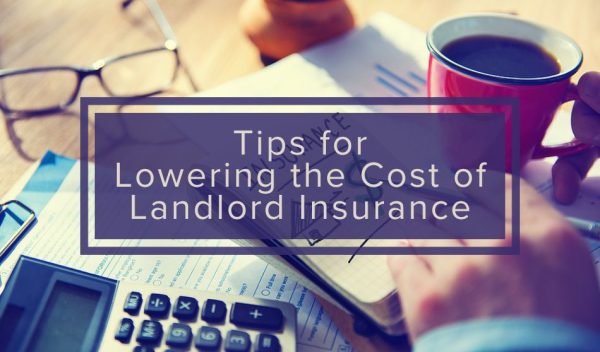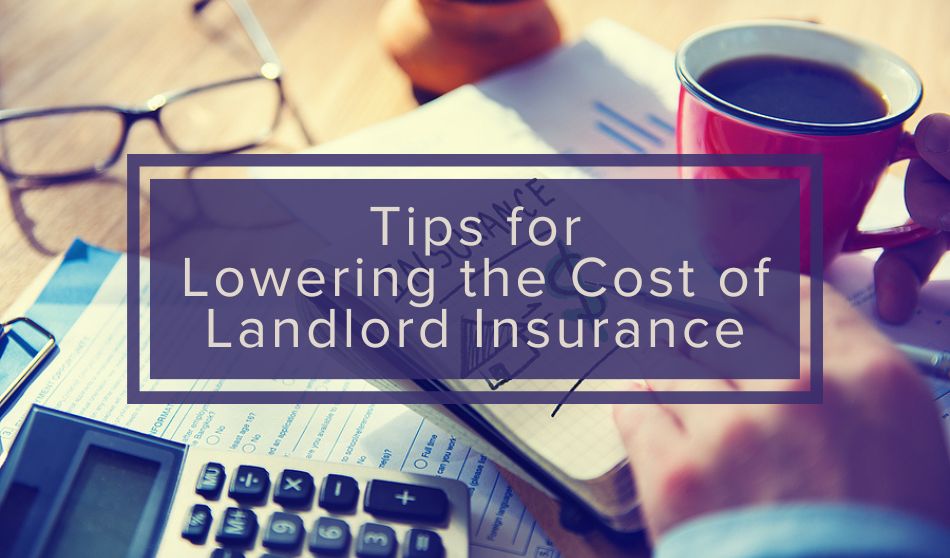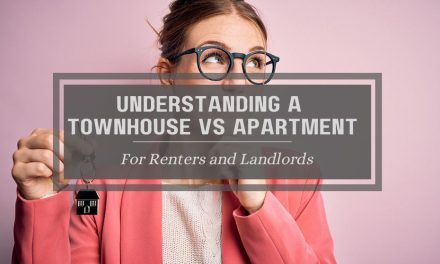
Are you looking to reduce the cost of your landlord insurance without compromising on coverage? Discover 15 effective strategies that can help you lower your insurance expenses while safeguarding your rental property and income. From shopping around for quotes to considering long-term leases, these tips will ensure you find the best deal while keeping your investments protected.
When it comes to landlord insurance, you don’t want to cut any corners. While you might be tempted to save a few dollars, you might end up paying much more in the long run, especially if you end up being sued or have to deal with property damage.
Safeguarding your rental property and income should be a top priority. Fortunately, there are several strategies you can use to lower the cost of landlord insurance without compromising on coverage.
15 Tips To Lower The Cost of Landlord Insurance
1. Shop Around and Compare Quotes
Not all insurance companies offer the same coverage at the same rates, so to find the best deal, take the time to get multiple quotes. If you can, consider working with an independent insurance agent because they’ll be able to get you the right coverage at the most competitive price. A specialized insurance partner can efficiently navigate through numerous options to find tailored coverage that fits both your budget and specific property requirements.
2. Bundle Policies
Bundling policies provides convenience by consolidating your insurance needs under one provider, and also results in substantial cost savings. If you have other insurance needs, such as homeowners insurance or auto insurance, combining it with your landlord insurance usually earns you a nice discount. Insurance companies often offer discounts as an incentive for customers, making it a smart financial move for landlords with multiple properties or additional insurance needs. Not only does this approach streamline your insurance portfolio but it also puts money back in your pocket.
3. Increase Your Deductible
Generally, the higher your deductible, the lower your premium will be. When you raise your deductible, you can significantly reduce your monthly insurance expenses while still maintaining essential coverage for unexpected events. This means you’ll have more control over your overall insurance costs, allowing you to allocate funds toward other property management priorities or investment opportunities. Remember, it’s essential to strike a balance between a deductible that saves you money in the long run and one that you can comfortably cover in the event of a claim.
4. Maintain a Good Claims History
Since insurance companies consider your claims history when determining your premium, if you have a history of making frequent or large claims, you may be viewed as a higher risk. Maintaining a claims-free history or minimizing claims can help keep your insurance costs down. With a clean claims history, not only will you demonstrate responsible property management, but you’ll also likely qualify for more favorable premium rates.
5. Improve Property Security
When you create a safe environment for both your tenants and the property itself, it acts as a deterrent to potential threats, decreasing the likelihood of incidents that might lead to insurance claims. With the right security measures in place, you can prevent burglary, vandalism, and other crimes from leading to costly claims. It’s worth investing in security cameras, gates, and even gates if your budget allows for it.
Because insurance companies recognize these efforts to mitigate risk, they’ll often reward you with lower premiums. A secure property reflects responsible and proactive management, giving insurers the confidence to further solidify the case for reduced insurance costs. To improve your rental property’s security, consider installing security systems, deadbolts, smoke detectors, and fire alarms.
6. Regular Property Maintenance
As a landlord, you’re probably familiar with conducting regular maintenance to prevent small issues from escalating into major problems or costly emergencies. By staying on top of maintenance tasks like plumbing, electrical, and structural repairs, you can reduce the likelihood of filing a claim, and thus also reinforce the case for more affordable coverage. Property maintenance isn’t just about upkeeping individual units. It extends to maintaining the property premises too. For example, if there are broken steps or cracks in the sidewalk, someone can get injured on your property. But reducing hazards can protect you from being sued.
7. Screen Tenants Carefully
Background and credit checks can help you identify tenants with a history of responsible behavior and financial stability. With trustworthy tenants you minimize the risk of property damage, late payments, and other liabilities that could lead to insurance claims.
Insurers recognize the value of meticulous tenant selection and as a result, may offer lower premiums to landlords with a track record of choosing reliable tenants. Careful tenant screening helps safeguard your investment, lowering the probability of incidents that may trigger insurance payouts.
8. Consider Liability-Only Coverage
Depending on your specific circumstances, you may not need a comprehensive policy that covers all potential risks. Liability-only coverage protects you in case someone is injured on your property, but it doesn’t cover damages to the property itself. If your property is in excellent condition and you’re not overly concerned about potential damage, a liability-only policy may be a cost-effective option. Remember, this can be inadvisable in most circumstances. Be sure you weigh the pros and cons, and talk to an expert before opting to go this route.
9. Review and Update Coverage Annually
Because your insurance needs can change over time, it’s essential to review your coverage annually. If you’ve made improvements to the property, or if property values in your area have changed, for example, you may need to adjust your coverage accordingly. Failing to do so could result in paying for coverage you don’t need or being underinsured in the event of a claim.
10. Maintain a Good Credit Score
By demonstrating fiscal prudence, you can enhance your financial credibility and also open the door to more competitive insurance rates. Responsible financial behavior and a good credit score shows insurers that you are a lower financial risk. To make sure you get the best rate you can, check your credit score regularly to ensure it’s accurate.
11. Consider Higher Liability Limits
While it might seem counterintuitive, insurance companies often view landlords who are willing to carry higher coverage limits as more reliable and financially stable. By demonstrating a commitment to comprehensive protection, landlords can potentially negotiate lower premiums. Higher liability limits also provide an added layer of security, guaranteeing that in the event of a substantial claim or lawsuit, the insurance coverage will be sufficient to cover potential damages.
12. Take Advantage of Discounts
Insurance companies typically offer discounts to help lower your premium. These can include:
- Claims-free discount: If you haven’t filed a claim in a certain period, you may be eligible for a discount.
- Multi-policy discount: As mentioned earlier, bundling your landlord insurance with other policies can lead to worthwhile cost savings.
- Safety features discount: If your property has safety features like smoke detectors, fire extinguishers, and security systems, you may be eligible for a discount.
- Association membership discount: Some professional associations or landlord organizations offer discounts on insurance for their members.
13. Consider Actual Cash Value vs. Replacement Cost
When insuring your property, you’ll have the option to choose between actual cash value (ACV) and replacement cost coverage. ACV takes into account depreciation, meaning you’ll receive a payout for the current value of the damaged item. Replacement cost coverage, on the other hand, covers the full cost of replacing the item with a new one. While replacement cost coverage may result in higher premiums, it can save you money down the road by providing more protection.
14. Review and Understand Your Policy
Thoroughly reviewing and understanding your insurance policy is critical. Knowing exactly what is covered and what is not can prevent you from purchasing unnecessary coverage or worse — from being underinsured. You don’t want to end up paying for coverage you don’t need. If you’re unsure about any aspect of your policy, don’t hesitate to reach out to your insurance agent for clarification. Revisiting and updating your policy is also important as your circumstances change. You want to make sure that you always have the appropriate level of coverage for your property.
15. Consider Long-Term Leases
Beyond providing stability for both you and your tenants, long-term leases can also result in fewer turnovers, which can lead to lower insurance costs. Frequent turnovers can increase the risk of property damage or liability issues, so having long-term, reliable tenants can be a significant cost-saving strategy. In addition, long-term leases foster a sense of community and belonging, creating a more harmonious living environment for your tenants. With a positive atmosphere, your tenants will be more inclined to take better care of the property and report maintenance issues, reducing the likelihood of incidents that may trigger insurance claims.
Balancing Cost and Coverage
While landlord insurance is a necessary expense for protecting your investment property, it doesn’t mean you have to sacrifice coverage or protection. By implementing these tips and being proactive in managing your property, you can secure affordable landlord insurance that will save you money and provide you with the peace of mind you need.






